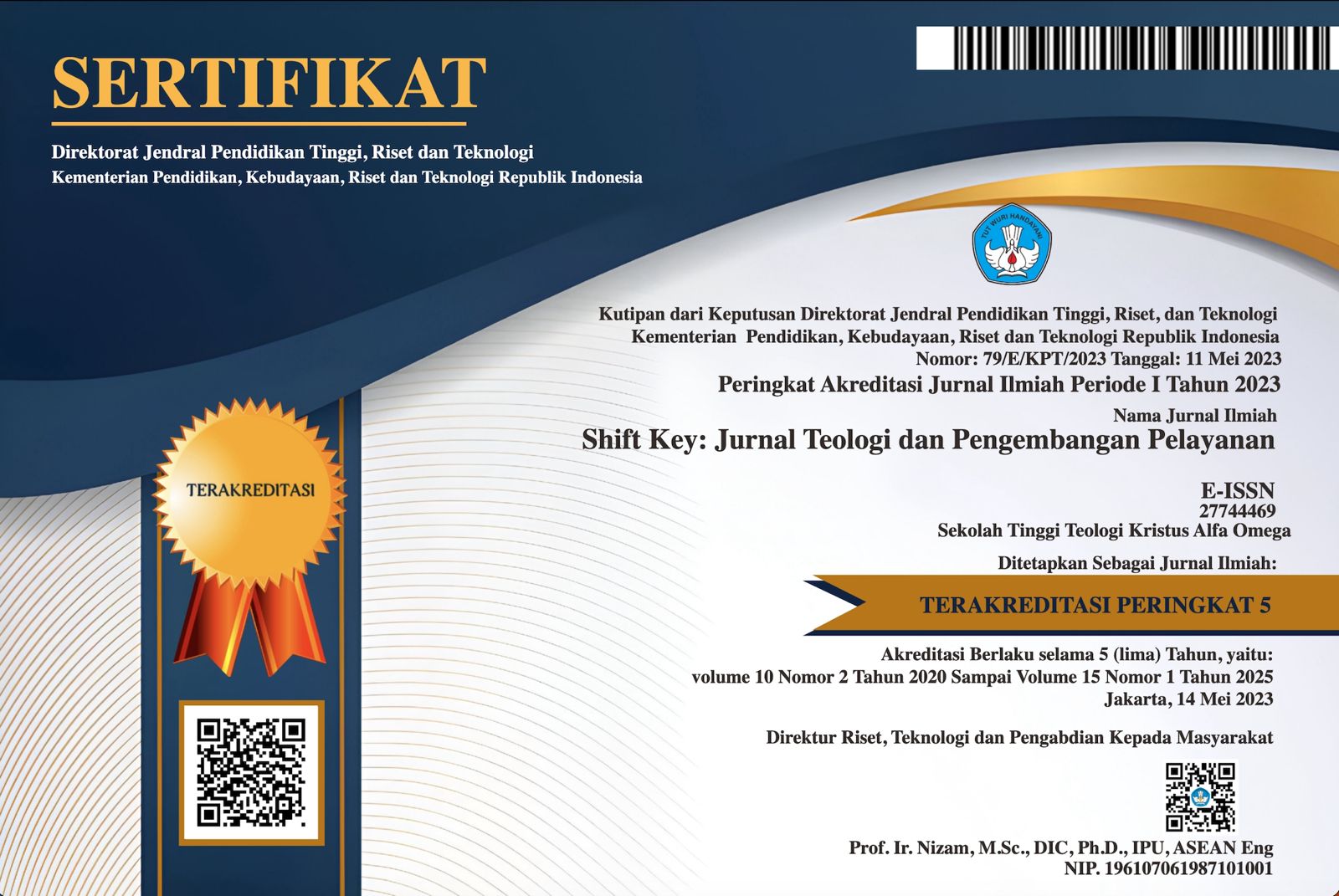Submissions
Submission Preparation Checklist
As part of the submission process, authors are required to check off their submission's compliance with all of the following items, and submissions may be returned to authors that do not adhere to these guidelines.- The submission has not been previously published, nor is it before another journal for consideration (or an explanation has been provided in Comments to the Editor).
- The submission file is in OpenOffice, Microsoft Word, RTF, or WordPerfect document file format.
- Where available, URLs for the references have been provided.
- The text is single-spaced; uses a 12-point font; employs italics, rather than underlining (except with URL addresses); and all illustrations, figures, and tables are placed within the text at the appropriate points, rather than at the end.
- The text adheres to the stylistic and bibliographic requirements outlined in the Author Guidelines, which is found in About the Journal.
- If submitting to a peer-reviewed section of the journal, the instructions in Ensuring a Blind Review have been followed.
Copyright Notice
Authors who publish in Shift Key: Journal of Theology and Ministry Development agree to the following terms:
- Copyright of all published articles is held by Shift Key: Jurnal Teologi dan Pengembangan Pelayanan. Authors grant the journal the exclusive right to publish and distribute the article in any form or media, both printed and electronic.
- Authors acknowledge that their work is published under an Attribution-ShareAlike 4.0 International (CC BY-SA 4.0) License, which allows others to share and adapt the work provided that appropriate credit is given to Shift Key: Jurnal Teologi dan Pengembangan Pelayanan as the copyright holder and source of the original publication.
- Authors may request permission from the journal to distribute or republish their work in other forms (e.g., institutional repositories, books, or collections), provided that the original publication in this journal is properly cited.
- Authors are encouraged to share the final published version of their work through personal websites or institutional repositories, with acknowledgment of its original publication in Shift Key: Jurnal Teologi dan Pengembangan Pelayanan, to promote wider dissemination and citation.
Privacy Statement
Shif Key: Journal of Theology and Ministry Development is committed to protecting the privacy of all users. Personal information collected through the journal system-such as names, affiliations, email addresses, and data related to the submission or review process is used solely for the purposes of editorial management and publication.
We do not disclose personal information to third parties except when required for editorial processing, indexing services, or when mandated by law. Author metadata (such as name and institutional affiliation) will be publicly displayed on published articles.
All personal data is stored securely and is accessible only to authorized editorial staff. The journal's website may use cookies to enhance user experience. By using our services, users consent to the practices described in this Privacy Statement.






